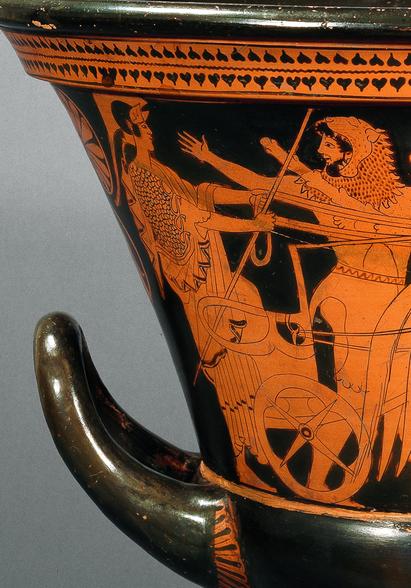
Fur in antiquity
The Greeks and Romans mainly dressed in wool and linen, whereas fur clothing was regarded inferior compared to the more sophisticated textile products. In the Greco-Roman world, fur and skin were often associated with life in the countryside, poverty and barbarians. Costumes of fur and skin were reserved for laborers, hunters and strangers.
Nevertheless, fur and skin were important commodities in the Mediterranean area, and the Phoenicians and Assyrians traded for exotic furs from Asia and Africa. Furs are also mentioned as gifts in Homer’s Iliad.
Particularly rich Romans appreciated luxurious and beautiful furs. The emperor Honorius issued a decree in 397 AD that forbad his court to wear fur – probably to ensure its high trading value.
The standard-bearers in the Roman army were characterized by wearing animal skins on their head. For example, the special eagle-standard was carried by a soldier whose headgear was a lion’s pelt.
